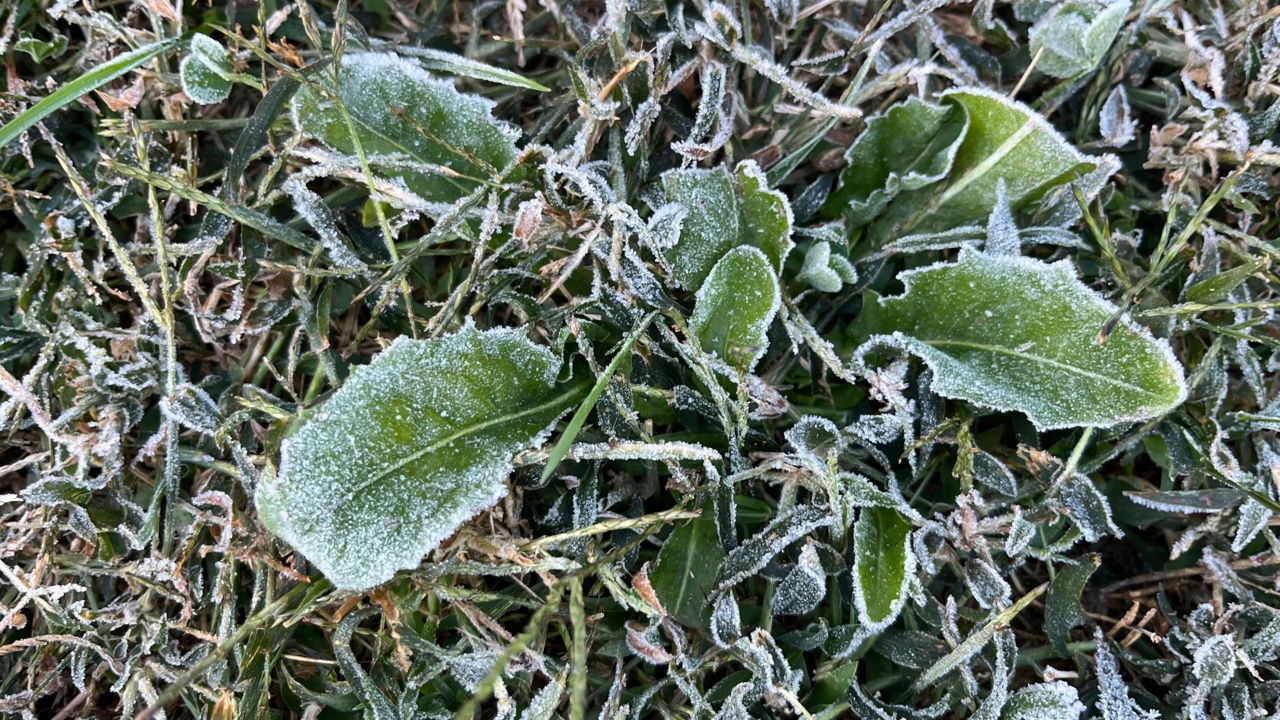Fall is the favorite time of the year for many residents of North Carolina, with one of the longest periods of fall color to enjoy in the United States right in the southern Appalachian Mountains.
Places like the Blue Ridge Parkway will soon have traffic backed up with tens of thousands of people enjoying the change in leaf color in western North Carolina. You may have even found red, orange and yellow color on some trees already, but this may not be what you think it is.
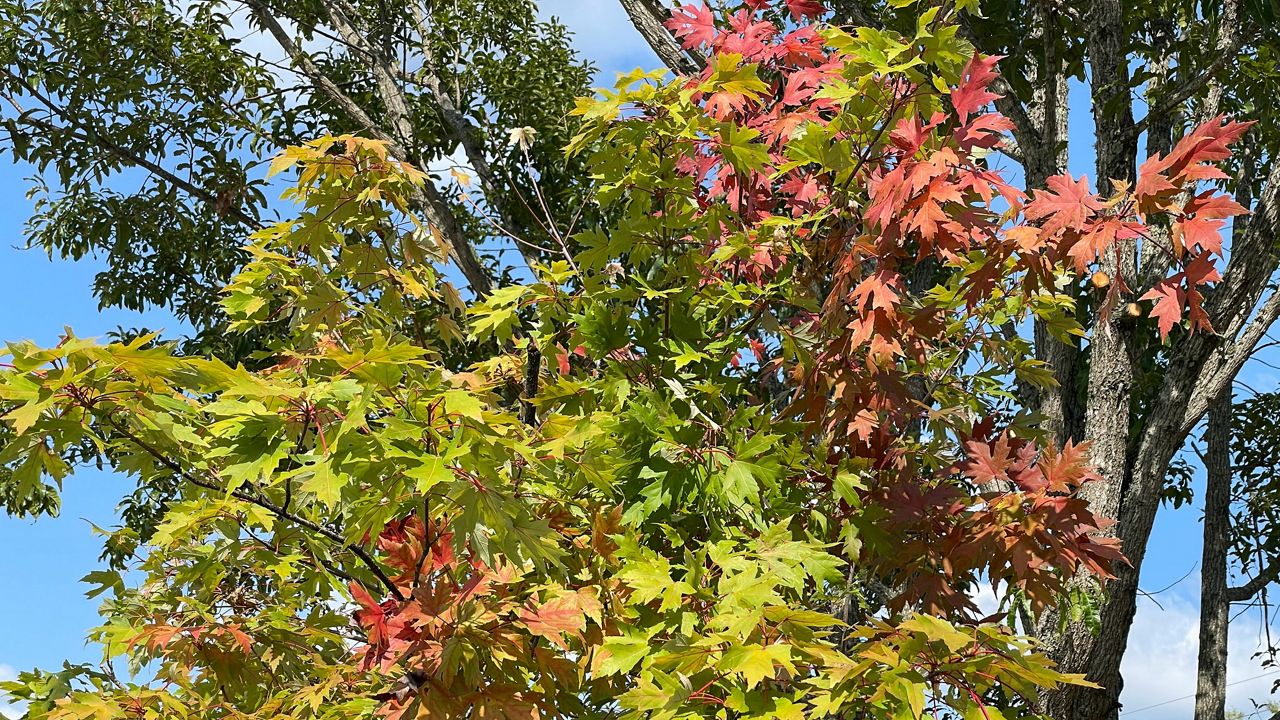
Not all leaf change is due to the cooler weather. Some leaves change for other reasons.
Some parts of North Carolina have been abnormally dry, and that can lead to leaves turning yellow. I took this photo of some Tulip trees in my backyard which have yellow showing up as a sign that we’ve been a bit dry since the end of August.
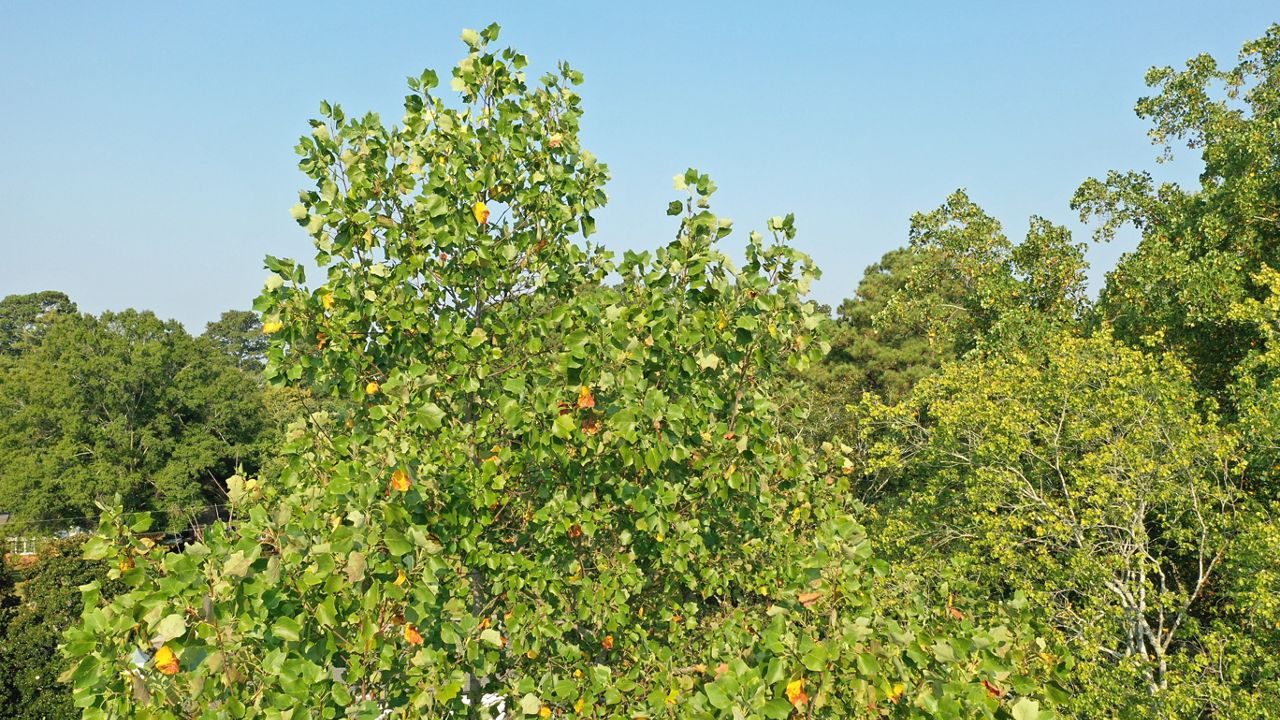
Take the variety of maple trees, for example, too. The ends of the maple tree can turn a reddish hue where there has been recent growth developing on those branches.
The leaves gradually become greener as they produce chlorophyll, which is what causes that green color to emerge.
Sometimes, a tree that turns red early might be a sign of deficiency in certain nutrients that prevent chlorophyll from developing. It could be a weather event, like an early cold snap, that also stuns the tree to stop producing chlorophyll and allowing the red, orange and yellow hues to come through early.
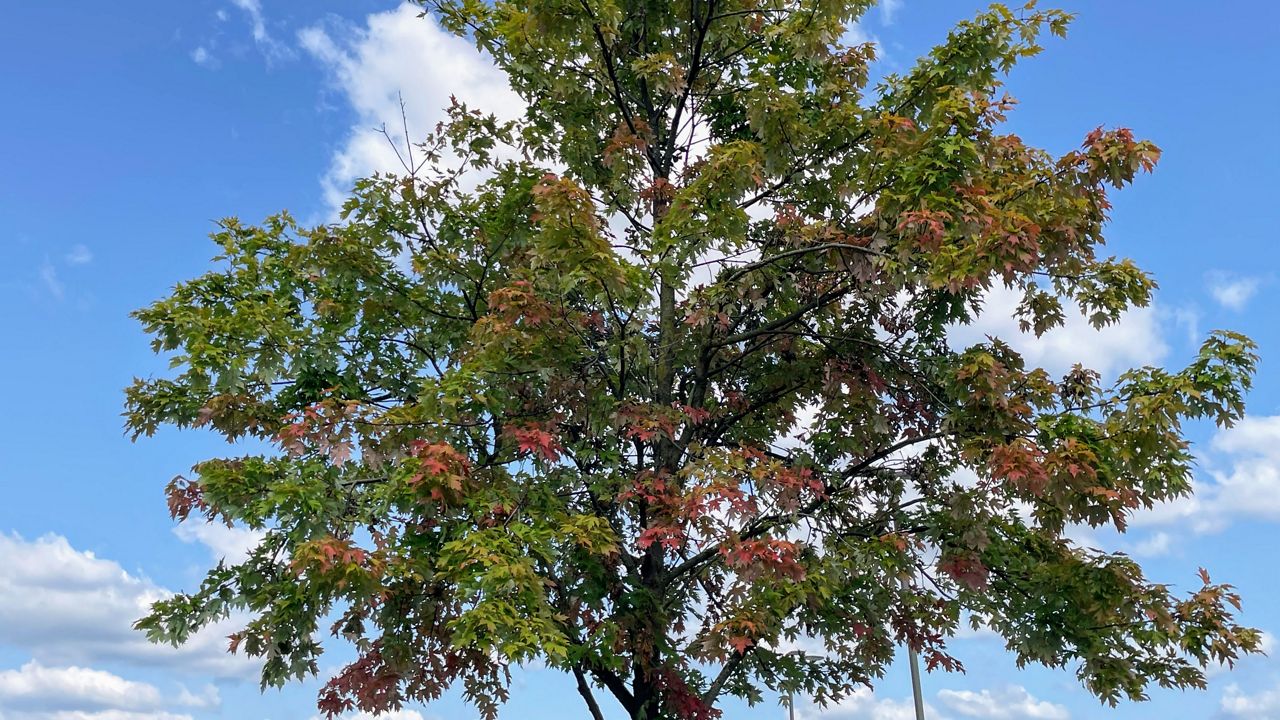
However, some of the change is a sign of fall as other parts of the United States are reporting early fall color too! Check out this photo Spectrum News received on the Spectrum News app in upstate New York near Lake Placid!
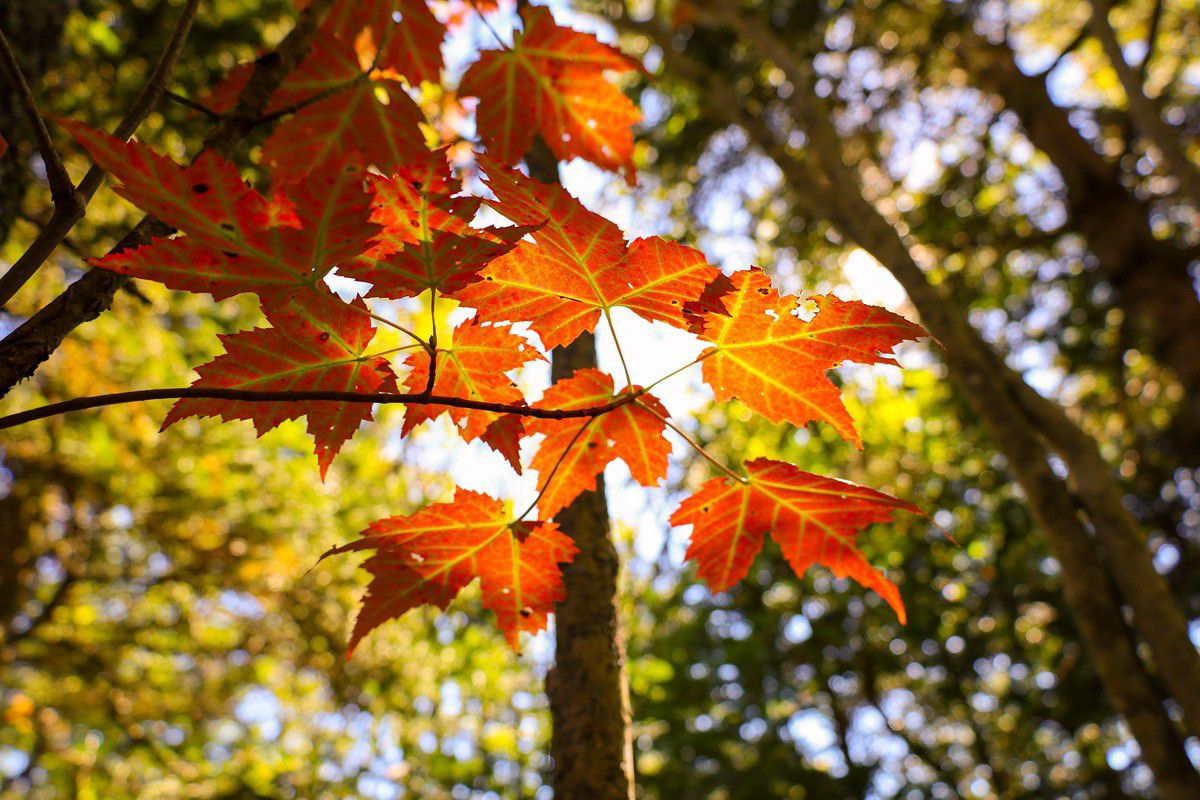
Sometimes the least popular places to see fall foliage will give you the best experience. Driving along the Blue Ridge Parkway is an event like none other, but be prepared for some traffic!
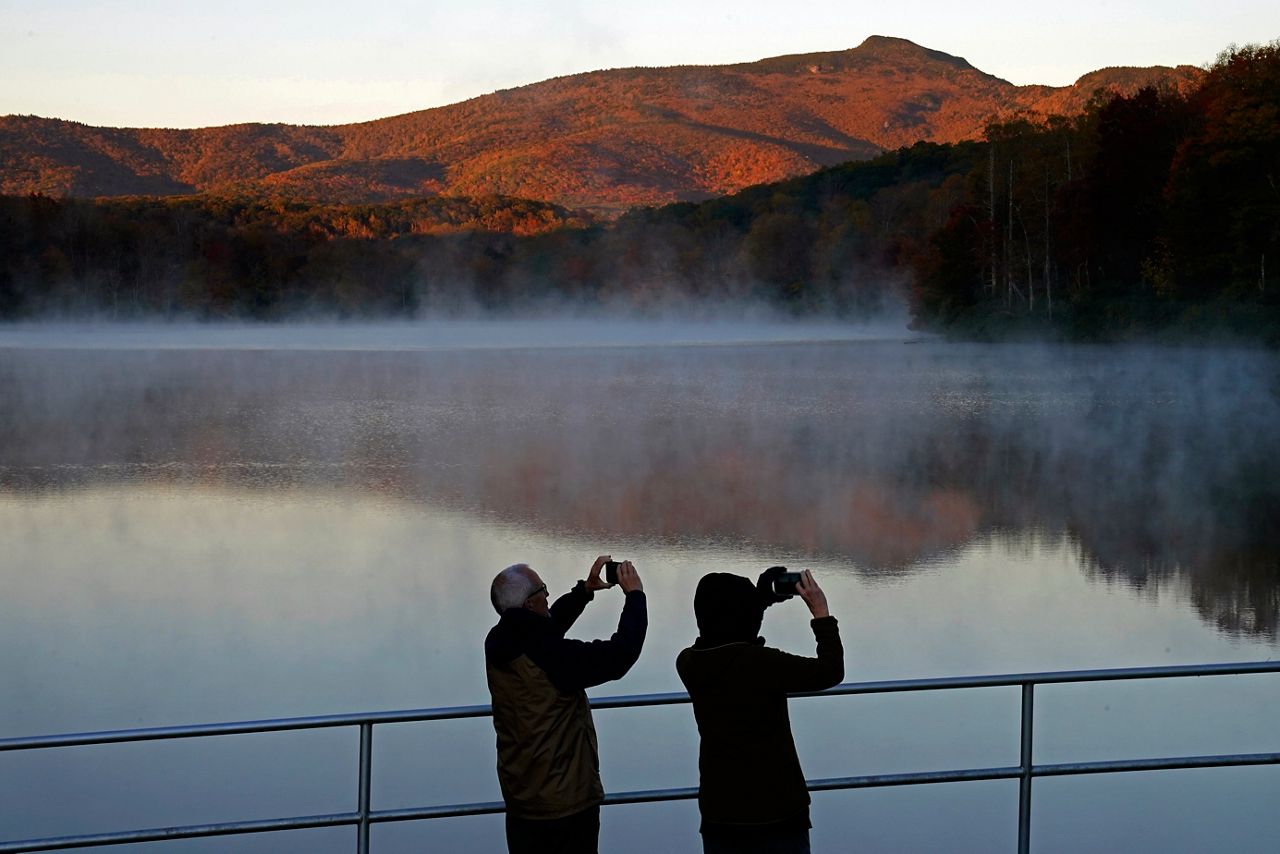
Some of my personal favorite hikes have been through the Linville Gorge Wilderness and on top of Balsam Knob.
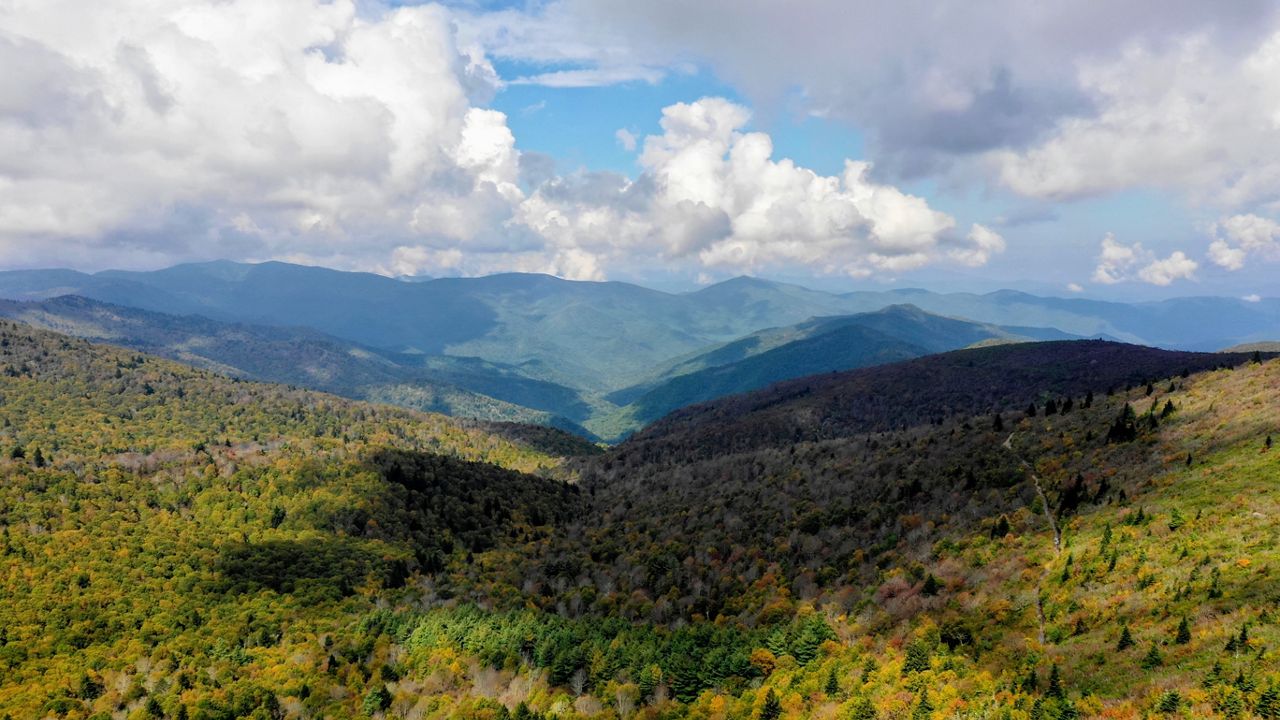
Hiking Babel Towers in the Linville Gorge Wilderness, I can remember climbing to a small peak within the valley and being surrounded by the mountainside filled with all the colors of fall. It was like being in a giant stadium!
Try to find your way to a hike that puts you into the color and not only on top of a mountain that shows you the color from above.
One hike recommended to me recently was the Graveyard Fields, which is located off of the Blue Ridge Parkway in southern Haywood County. This hike brings “leaf peepers” to nearby waterfalls or to a mile high meadow through a variety of beautiful color.
You can see leaves change in central and eastern North Carolina (which have some great hikes of their own!) in late October and November, but western North Carolina will see the leaves change in September through the middle of October.
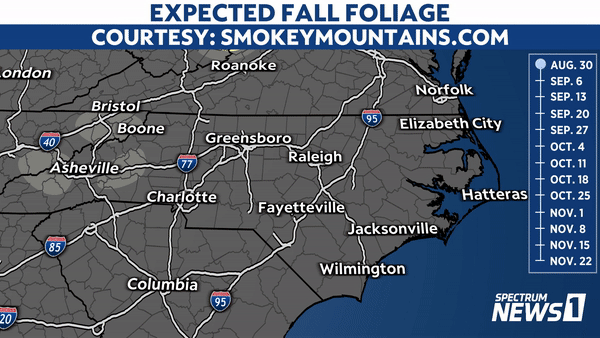
Warmer autumns will usually delay and shorten the length of the fall color season. The only certainty that we have with fall color is that the shortening of the hours of daylight will produce the onset of decreased chlorophyll in trees getting the color change started.
A warming climate means we'll inevitably have increased variability of peak color and timing.
Pick them up and throw them out! Leaves can do two dangerous things when it rains. They can make roads slick, wet leaves on a wet road provide little to no traction for vehicles.
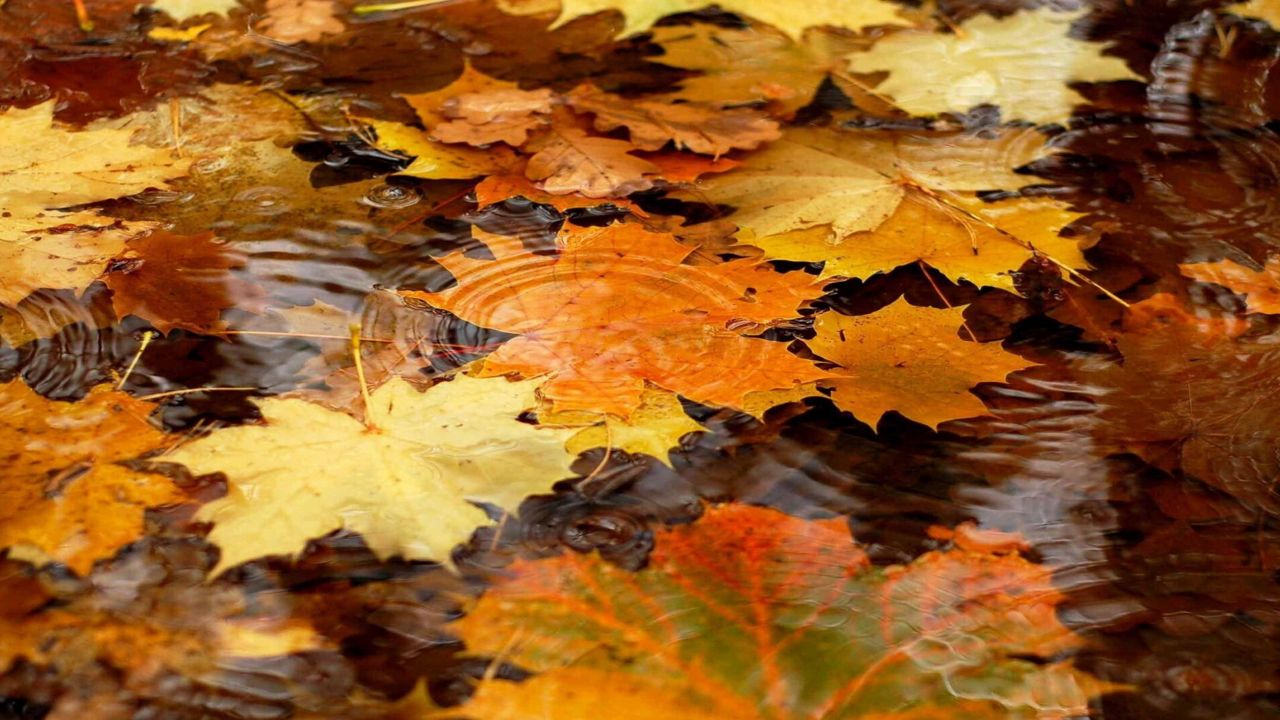
The other reason to pick them up is because they can end up clogging storm drains causing localized flooding issues. Especially during this time of the year when tropical cyclones are still active, doing everything we can to make sure our communities drain storm water well will help us all out.
Your local municipality may have a leaf clean-up program so that you can just bring your leaves to the curb for them to clean up, but you may decide to use a different option and keep them as mulch for your gardens.
One important caveat if you choose to use your leaves as mulch is to make sure that you shred them!
If you place a dense layer of unshredded leaves on to the base of your tree or garden, you can end up blocking air and water from reaching the ground and your tree’s roots. Also, too thick of a layer of leaves can even lock in too much water, causing root rot and other fungal diseases.
You can read more about what Fall 2022 may have in store for us here.
Watch Spectrum News live | Share your weather photos
Our team of meteorologists dives deep into the science of weather and breaks down timely weather data and information. To view more weather and climate stories, check out our weather blogs section.






